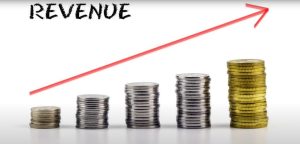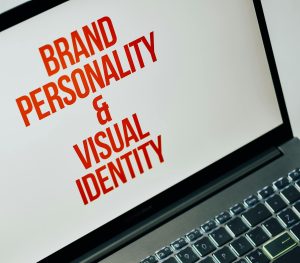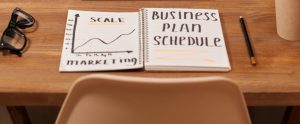Display Design

“I have a friend who owns a small shop selling various trinkets collected from around the world during their travels—tea sets, lighting fixtures, vases, old books, incense burners, and more. The shop is filled with an array of items, diverse and captivating. He cherishes these items, assuming that customers would share the same enthusiasm. However, many people who come in for a browse end up leaving without much exploration or interest. What should be done?
To address this ‘what should be done’ query, it’s crucial first to understand the crux of the issue. While the items are indeed remarkable, customers seem oblivious to their presence, almost as if they’re invisible. The core of this problem lies in his failure to place these excellent items where the customers are truly attentive. He overlooked ‘display design,’ a critical means to enhance traffic conversion rates.
What is ‘display design’?
In most cases, the scenario of a customer purchasing a product unfolds as follows:
The customer notices the signboard, intrigued, and enters the store—this is termed effective traffic.
The product strategically catches the customer’s eye—this is display design.
The customer examines the product carefully, deciding whether to make a purchase—this is decision time.
If the customer seems hesitant, the staff intervenes, presenting promotions and discounts—this is discount promotion.
Effective traffic, display design, decision time, and discount promotions—all are pivotal in enhancing the traffic conversion rate. Together, they play a role in the rich ‘to buy or not to buy’ mental drama of the customer, guiding them step by step towards making a purchase decision. Among these, display design plays the function of getting the product ‘strategically into view.’ Only when it’s in view, there’s ‘decision time.’
So, how should one design the display to get the product ‘strategically into view’? Here are three methods I’d like to share.
Firstly, there’s the concept of path design. The route customers take upon entering the store is referred to as the ‘path.’ This path is also the flow of attention. Designing this path and placing the items you wish to sell in areas where customers are bound to pass is the basis of display design.
IKEA is a master in path design. Those who have been to IKEA surely remember the immersive path design that makes it seemingly impossible to leave without making a purchase.
Secondly, there’s the concept of visual focus. Our gaze doesn’t cover everything; it has limits. For instance, in a supermarket, the shelf at eye level is the visual focus; when writing a resume, the top one-third is the focus; in webpage design, the upper left corner is the visual focus.
The third concept is the ‘herd effect.’ Things that many people buy can’t be bad, right? That’s the herd effect. For instance, in a bookstore, having a bestseller list displayed; in a supermarket, showcasing the month’s top-selling products; in a hotel, displaying a sign indicating it’s a highly rated hotel on TripAdvisor.
So, what should my friend do? He could display an African mammoth skeleton in the storefront, intriguing customers’ curiosity to enter the shop. Once inside, placing a seashell-made crown right in the center, guiding customers along the aisles to explore while passing the shelves. At the far left, displaying a jewel-encrusted dagger; upon reaching the end on the left, discovering an odd musical instrument on the right.
Then, placing the most desired items on shelves that fall along the customer’s path of exploration, aligned with their line of sight. Next to particularly significant items, adding a red tag with a legendary backstory. Additionally, featuring a photo of a local person since a human face naturally draws visual attention.
At the end of the path, showcasing the ‘Seven Continent Selection.’ A dagger most favored by Africans, tea loved by Sri Lankans, handcrafted wooden carvings by Eskimos, and so on. This way, the path leads customers back to the cashier, having browsed the most products and spent the most time.
This is display design, getting the product ‘strategically into view.’
Moreover, in the business world, what other ‘what should be done’ queries can display design solve?
For instance, I create mind maps, which are beautifully made, but when posted on Weibo, nobody notices—what should be done? Since Weibo and WeChat mainly operate on mobile devices, the most natural visual path is from top to bottom. Hence, if you wish to spread your content, avoid horizontal images; try creating elongated vertical images that succinctly explain your logic.
Another example, I’m engaged in Facebook marketing and wish for more readers for my articles—what should be done? At the end of each article, include a ‘Top Reads’ section listing your five most popular articles. Due to the ‘herd mentality,’ readers are likely to click and follow your ‘conversion’ path.
To sum up, effective traffic, display design, decision time, and discount promotions collectively drive customers toward making a purchase decision. Among these, display design plays a pivotal role in getting the product ‘strategically into view.’ Today, I’ve introduced three display design methods: path design, visual focus, and the herd effect. Have you remembered them?
To view the video, please click here.








